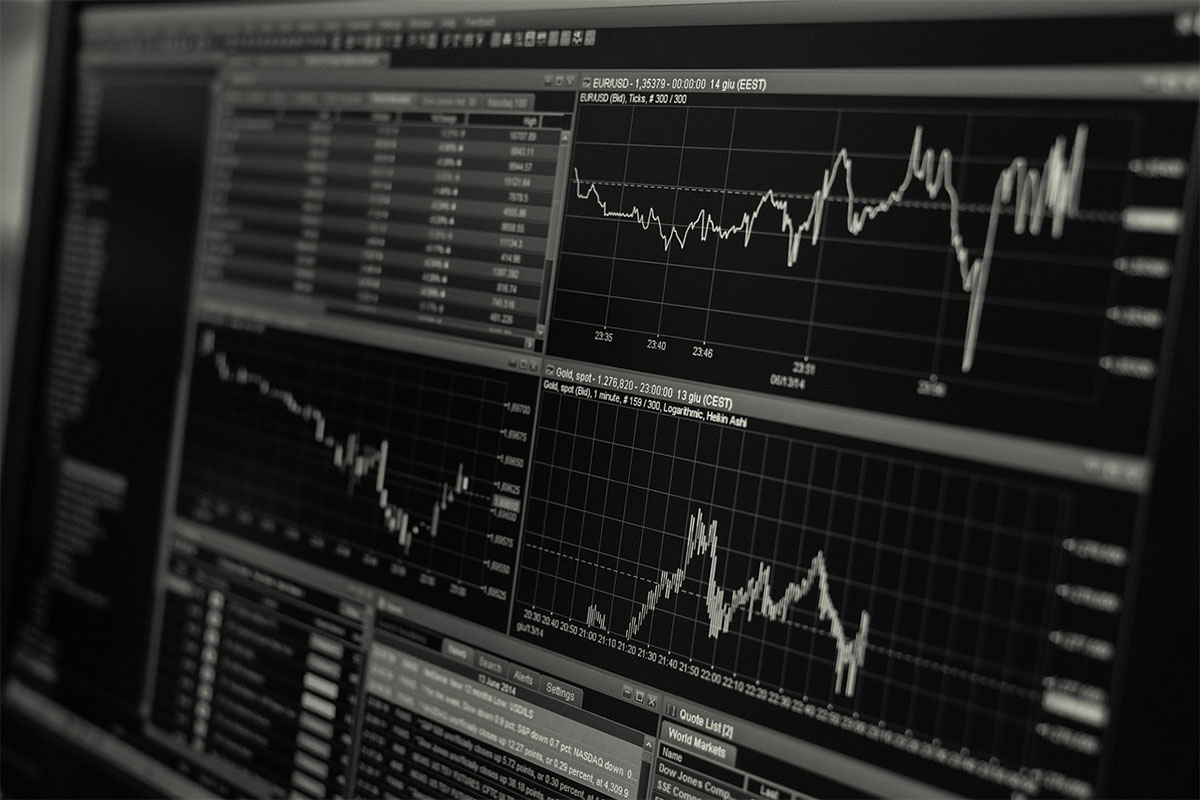The towering skyscrapers of Wall Street have been the pillars of global finance for decades. Whether one is an astute investor or just an ordinary citizen, the fluctuations of the US stock market, particularly those of the Dow Jones Industrial Average (DJI), are bound to leave a mark on one’s life.

The US stock market, often referred to as the beating heart of the world’s financial pulse, plays a pivotal role in shaping global economics. At the center of this universe lies the “Dow Jones Index,” a synonym for the Dow Jones Industrial Average, a financial titan whose ripples can be felt far and wide.
The History and Evolution of the Dow Jones Industrial Average
In the late 19th century, Wall Street journalists Charles Dow and Edward Jones introduced the DJI. Initially tracking just 12 industrial companies, it reflected the USA’s burgeoning industrial sector. Fast forward, and today’s Dow consists of 30 of the largest and most influential corporations in the United States, spanning diverse sectors.
Through financial crises, wars, and technological revolutions, the Dow has been a steady beacon. While there were times it seemed like the ship would sink – such as the 1929 Great Depression or the 2008 Financial Crisis – the Dow demonstrated resilience, bouncing back stronger than ever.
S&P 500 vs. Dow Jones: Apples and Oranges or Two Peas in a Pod?
The foundational differences: Components, calculation, and core purpose
While both indices are benchmarks for the US stock market, they are distinct in their make-up and purpose:
- DJI: Represents 30 large publicly owned companies, primarily calculated through price-weighting.
- S&P 500: Encompasses 500 companies, offering a broader market representation, primarily calculated using market capitalization.
Crossing paths: Similarities and instances where they mirror each other
Both are reflections of the US stock market’s health and are utilized as economic indicators. Moreover, they often move in tandem, especially during significant economic events or policy announcements.
Contrary to popular belief:
- Neither index encompasses all sectors of the US economy.
- Their performance doesn’t necessarily mirror the economic health of the common citizen.
The 30 Titans: A Closer Look at the Cornerstones of the Dow
Companies like Apple, Microsoft, and Walmart not only dictate the DJI’s performance but also influence global markets due to their vast reach and impact. The Dow isn’t set in stone. Over the years, companies like General Electric have left, while others, like Salesforce, have made their debut, reflecting the ever-evolving business landscape.
A penny for your thoughts: Key factors that decide a company’s entry or exit
Several factors influence a company’s stay or departure in the Dow, including:
- Market performance
- Relevance in the current economic climate
- Financial health and stability
Reading the Tea Leaves: Understanding the Dow’s Impact on the Broader Market
The Dow Jones Industrial Average (DJI) has long stood as a barometer for the U.S. stock market and, by extension, the global economic climate. When the DJI experiences significant shifts, either upwards or downwards, it often predates or mirrors movements in other markets around the world. This interconnectivity is a testament to globalization and the intertwined nature of modern finance, including the impact of “Software Development in Digital Marketing“. Just as the flutter of a butterfly’s wings can theoretically cause a tornado elsewhere, a sizable change in the DJI can send shockwaves that resonate through markets from Tokyo to London.
While the Dow’s numerical movements provide investors and analysts with vital insights into market health, its performance carries implications that extend beyond mere digits. A thriving DJI can signal robust economic health, leading to increased consumer confidence and spending, job creation, and even influencing political landscapes. Conversely, a declining Dow can indicate economic hardships, potentially leading to austerity measures, increased unemployment, and socio-political unrest. As such, understanding the Dow’s performance isn’t just about tracking numbers; it’s about grasping the broader socio-economic and political narratives that those numbers represent.
The Road Ahead for the Dow and the US Stock Market
While predicting the stock market is akin to predicting the weather, most analysts agree that technological innovations, geopolitical events, and environmental concerns will play pivotal roles in shaping the Dow’s future.
Through its ups and downs, the Dow offers invaluable lessons in resilience, adaptability, and the perpetual promise of renewal in the face of adversity. For budding investors and seasoned pros alike, the story of the Dow serves as a testament to the power of perseverance and the endless possibilities the world of finance holds.









